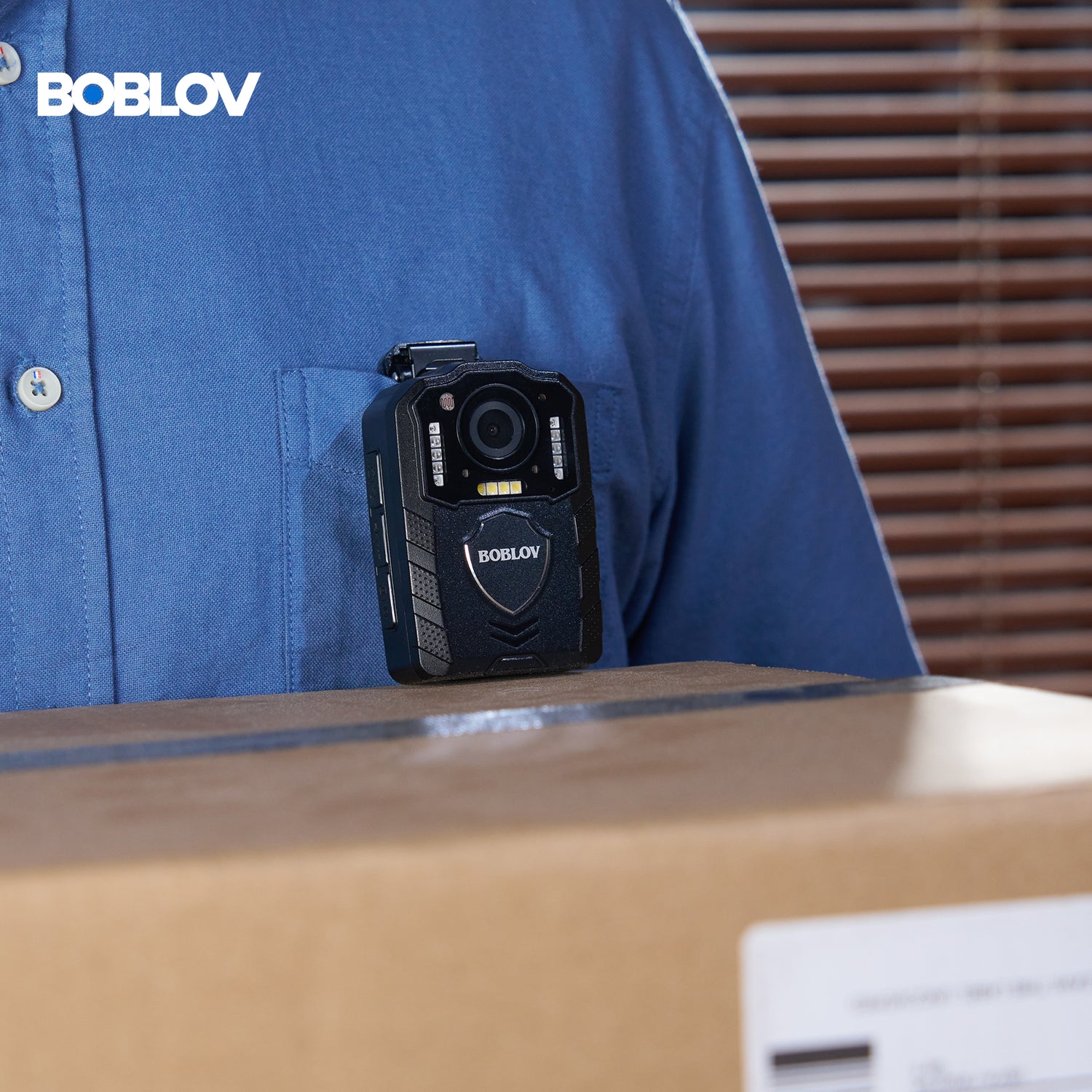The Evolution of Body Worn Cameras in Law Enforcement
The Advent of Body Worn Cameras
The first body worn cameras appeared in the early 2000s. Police departments tested them to record their work. These early models were bulky and had limited storage. Yet, they began a major shift in policing. Officers could now capture video evidence from their view. This led to more trust and less disputes about what happened during incidents. The prices of these devices, like the Boblov camera, have since become more affordable. This has helped more departments adopt them. Today, body cameras are seen as key tools for modern police work. They help in collecting proof, training officers, and building public trust.

Technological Advancements and User Adoption
Body worn cameras have seen major tech upgrades over time. These upgrades have made the cameras smaller, clearer, and more reliable. With better tech, police departments have started to adopt them widely. Body worn cameras such as the Boblov can capture high-quality video. This has helped in collecting evidence and in police training. Prices of body cameras have also fallen. This makes it easier for departments to equip their officers. The use of cameras is now more common in the U.S. due to these advances.
Impact on Police Operations and Management
Body-worn cameras (BWCs) have changed how police work is done. Their use has aided in keeping a clear record of police-citizen encounters. This can help during investigations. It also holds officers to high standards. With BWCs, there is less debate on events leading to the use of force. The cameras can also cut complaints about officer conduct. This has improved trust and transparency. BWCs also help in training. Officers can review footage to improve their skills. But they add to the data police must manage. This requires more time and tools. Overall, BWCs have become a key tool in modern policing operations.
Legal and Ethical Considerations for Body Worn Cameras
Understanding the Legal Framework
The embrace of body worn cameras by US police forces is bound by law. Laws dictate how these devices are used and when footage is released. Some key legal aspects include the handling of evidence, public records laws, and the right to privacy. For example, evidence laws require that footage is stored securely and remains unaltered. Public records laws determine when and how footage can be accessed by citizens. Privacy laws protect individuals recorded without consent, especially in sensitive locations. Balancing these legal elements is vital for proper body camera integration.
Ethical Implications for Law Enforcement Agencies
The use of body worn cameras by police has ethical effects. These devices promise transparency and accountability. But, they also raise tough questions. Officers must handle sensitive data with care. They have to balance their duty with people's rights. Agencies need clear policies to guide camera use. Training is vital for ethical handling of footage. The goal is to boost trust without harming privacy. This balance is key for ethical policing with cameras.
Privacy Concerns and Civil Liberties
Body-worn cameras (BWCs) walk a fine line in upholding civil liberties. These devices can collect sensitive footage, igniting privacy worries. Though BWCs aim to boost accountability, the constant recording raises questions. Citizens worry about when and how the footage may be used. Laws dictate strict rules for handling and storing BWC data to protect privacy. Still, the debate on where the line between oversight and intrusion lies continues. Law enforcement agencies must balance the public's right to privacy with the need for transparency.
The Future of Body Worn Cameras in the US
Innovations in Body Worn Camera Technology
The horizon for body worn camera technology is rapidly expanding. Innovative features aim to enhance the efficiency and effectiveness of police services. Future advancements may include improved battery life, higher resolution video capabilities, and advanced analytics like facial recognition and real-time data analysis. There's also a push towards integrating these cameras with other police tech. This could mean better evidence collection and easier workflow for officers. Stakeholders are optimistic that tech upgrades will bolster transparency and accountability.
Challenges and Opportunities for Law Enforcement
The future of body worn cameras presents both hurdles and chances for US law enforcement. One challenge is the cost of these devices, including the police body cam price, which can be a barrier for smaller departments. Also, handling data storage and ensuring transparency can strain resources. However, opportunities are vast. Improved cameras, like the Boblov camera, enhance officer safety and evidence collection. They can also bolster public trust if managed well. The balance of these factors will shape their role in policing.
The Role of Body Worn Cameras in Building Community Trust
Body worn cameras (BWCs) play a key role in modern policing. They aim to build public trust. BWCs help by making police work more transparent. They can show how officers act in the field. This openness can strengthen community relations. When people see what happens, they may trust the police more. But trust takes time to grow. It needs clear policies on how BWC footage is used. Communities want to know their rights are safe. They want to know that their privacy is respected. BWCs can help bridge the gap between police and the public. They give a clear view of incidents. This can reduce disputes about what happened. Over time, this clear view can lead to more trust in the police.




